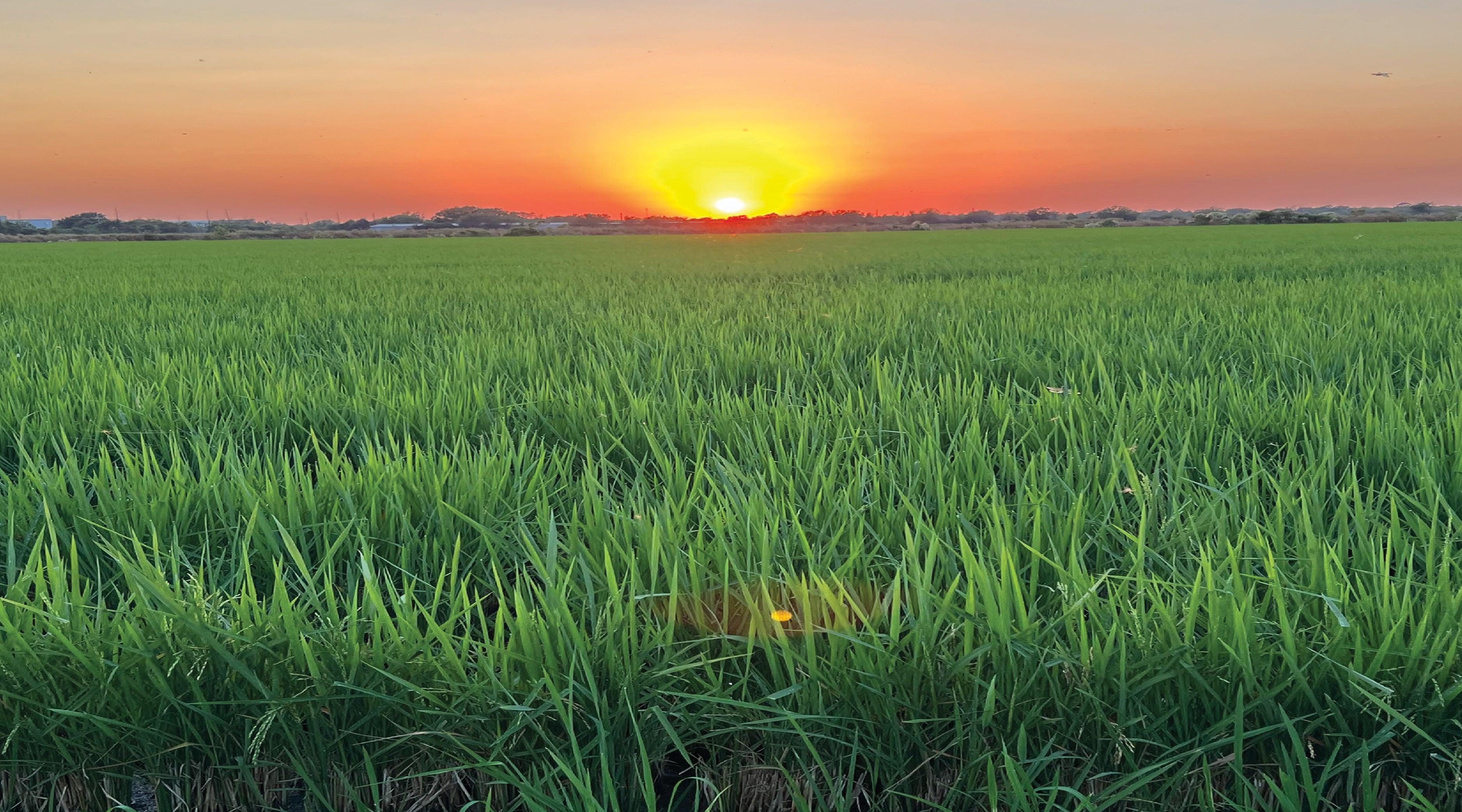
Frequently Asked Questions
Collapsible content
Prep & Cooking
How do I cook rice perfectly?
For the perfect Enriched White Rice or Jasmine Rice every time, use a ratio of 1 part rice to 2 parts water. You can also add a teaspoon of salt and a tablespoon of butter, margarine, or oil for more flavorful rice. Bring the water to a boil, then reduce the heat, cover, and simmer for about 15 minutes, until tender. Allow rice to sit covered for a few minutes and then fluff rice with a fork before serving.
*For Brown Rice, follow general instructions above, increasing to 2 ¼ cups of water for every 1 cup of rice and simmer for 30-40 minutes.
How do I reheat leftover rice?
- Microwave: In a microwave safe bowl, add a little water to your rice (about 1 tablespoon per cup of rice), cover bowl with a damp paper towel and microwave at short intervals until heated through. Fluff rice with a fork before serving.
- Stovetop: You can also reheat rice in a small saucepan or pot. Simply add a little water to the rice, cover with a tight-fitting lid so the steam returns the rice to a fluffy texture, and heat on low until warmed through. Fluff rice with a fork before serving.
Can I cook rice in a rice cooker?
Yes, a rice cooker is an easy way to cook rice. Follow the rice-to-water ratio and directions recommended by the manufacturer, and let the rice cooker do the rest!
How can I make my rice fluffier?
Rinse the rice for 1-2 minutes before cooking to remove excess starch, which can make the rice sticky. Use the correct water-to-rice ratio and avoid stirring the rice while it cooks. Let it sit covered for a few minutes after cooking to allow steam to finish the cooking process.
How do I make rice more flavorful?
To season rice while cooking, use broth instead of water or add herbs, spices, or a bay leaf to the cooking water. You can also stir in sautéed onions or garlic for extra flavor.
Should I rinse my rice?
While Enriched White Rice is typically not rinsed as it would remove the added nutrients, we do recommend rinsing your Jasmine Rice or Brown Rice for 1-2 minutes before cooking to remove excess starch, which can make rice sticky. As rice is a crop, rinsing can also help to ensure any remaining impurities that may be present are washed away - just as you’d wash fruits and vegetables before preparing.
Storage & Shelf Life
How should rice be stored?
- Uncooked rice should be stored in an airtight container in a cool, dry place.
- Cooked rice should be stored in an airtight container in the refrigerator. Rice can also be frozen for up to six months.
How long does rice last?
- Uncooked rice can last up to 1-2 years if stored in a cool, dry place. Be sure to check the best-by date printed on your bag of rice.
- Cooked rice should be refrigerated and eaten within 3–4 days. It can also be frozen for up to 6 months. Be sure to let the rice cool before storing in the refrigerator or freezer.
Can I freeze cooked rice?
Yes, cooked rice can be frozen. Allow the rice to cool and then store it in an airtight container or freezer bag for up to 6 months. Simply reheat when needed.
How do I reheat leftover frozen or refrigerated rice?
- Microwave: In a microwave safe bowl, add a little water to your rice (about 1 tablespoon per cup of rice), cover with a damp paper towel and microwave it at short intervals until heated through.
- Stovetop: You can also reheat rice in a small saucepan or pot. Simply add a little water to the rice, cover with a tight-fitting lid so the steam returns the rice to a fluffy texture, and heat on low until warmed through.
Rice Types & Varieties
What is the difference between white, brown, and jasmine rice?
- White rice has been processed to remove the bran and germ, which gives it a lighter texture but removes some of its nutrients. Honestly Texas white rice is fortified, enriched with thiamine, niacin, iron, and folic acid for greater nutritional value.
- Brown rice is a whole grain with the bran and germ intact, making it richer in fiber, vitamins, and minerals. It has a chewier texture and a nuttier flavor than white rice.
- Jasmine rice has a distinct light floral aroma with a subtle, sweet flavor. It’s a slightly stickier rice variety and is very popular in Southeast Asian cuisine.
Is there a difference in flavor between different rice varieties?
Yes, each variety of rice offers a unique flavor profile. For example, jasmine rice has a light floral aroma and mild, slightly sweet flavor and brown rice has an earthy, nutty flavor due to the bran.
What types of rice are best for different dishes?
- Jasmine rice is great for Thai and Vietnamese dishes due to its slightly sweet flavor and subtle floral fragrance. Use in fried rice, spring rolls, rice bowls and more!
- Brown rice is great for hearty dishes and health-conscious meals due to its nutritional value. Pair with fresh or roasted veggies, chicken, tofu or beans for a satisfying and filling meal.
- Enriched White Rice is light, fluffy and highly versatile. Serve as a side dish or feature in your main entrée. Whether using in stir-fries, pilafs, curries, salads or grain bowls… white rice absorbs sauces and seasonings beautifully.
Can I use rice in dishes other than savory ones?
Absolutely! Rice can be used in sweet dishes, such as rice pudding, desserts with coconut milk, and can even be featured as a base for fruit salads. Jasmine rice wonderfully complements sweet dishes with its delicate floral aroma and subtly sweet flavor.
Allergen Info
Are your facilities allergen free?
Our rice is milled and produced in a facility free of the major food allergens in the United States.
Is rice gluten-free?
Yes, rice is naturally gluten-free, making it a safe option for people with gluten sensitivities or celiac disease.
Sustainability
What are some of the sustainability practices of Honestly Texas farmers?
- Honestly Texas rice farmers have developed methods to utilize rainwater for irrigation multiple times.
- Planting rice in undisturbed seed beds reduces soil disruption. This practice reduces the number of trips across the field with equipment and keeps vital nutrients in the soil.
- Each year prior to planting, field soil is tested, providing information to the farmer as to exactly what nutrients the soil needs. Soil testing eliminates over fertilization.
- Every winter, our farmers leave some water and rice seeds in the field to provide a safe habitat for migrating geese, ducks, and waterfowl.
- Most water wells are powered by natural gas which is the cleanest form of energy available to farmers today.
Product Availability
Where can I purchase Honestly Texas Rice?
You can purchase here from our online store: www.honestlytexasrice.com
Or, find us in store at Midway Grocery & Meat Market, Katy Tx
Do you offer rice in bag sizes beyond what’s available for online purchase?
Yes, we can provide rice packaged in most sizes up to a 2,000# tote bag.
